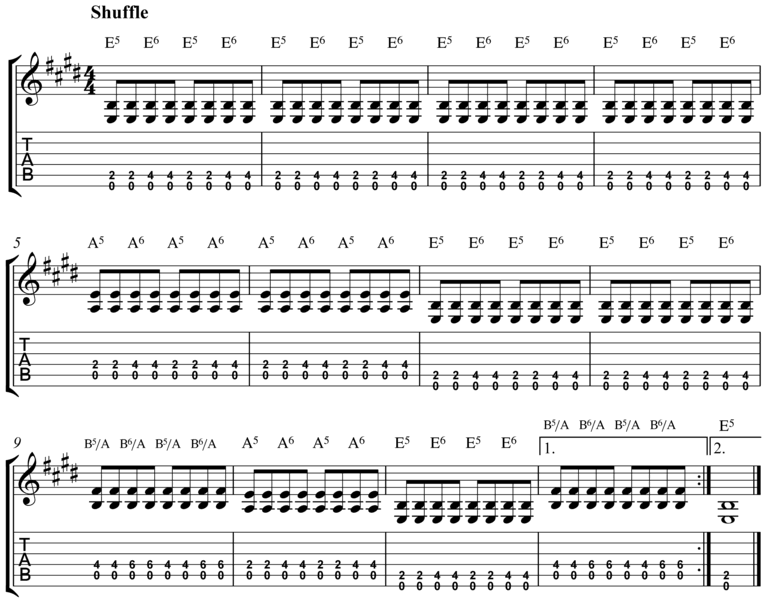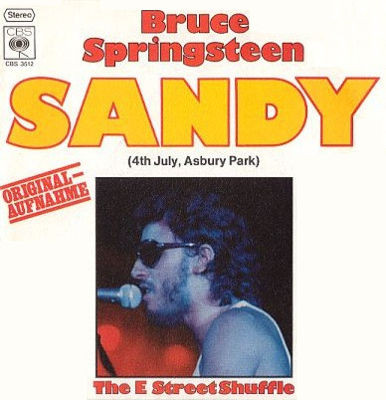
E street shuffle guitar lesson series#
Paul's "Intense Rock" series of instructional videos became legendary for their clarity, humor, and jaw-dropping technique. The band went on to have #1 chart success with their single, "To Be With You," and sell out multiple nights at Japan's Budokan arena. In 1988, Paul joined forces with bassist Billy Sheehan to form MR. At the same time, Paul released the first album with his band RACER X, which became one of the top-selling acts in the L.A. At 17, Paul moved to Hollywood to attend the Guitar Institute of Technology (GIT.) At 18, he was hired as GIT's youngest instructor. Rock Guitarist Paul Gilbert began playing by ear at 9 years old and spent his teenage years playing in bars around Pittsburgh, PA. All levels and styles of playing welcome.100s of guitar lessons at your own pace.

This library is constantly expanding and may contain the key to unlock your playing. Paul reviews each submission and records a video response, offering specific guidance to take your guitar playing to the next level.Īll students can access the Video Exchange library and watch each other’s interactions with Paul. Take your time with this one, it takes a while to loosen your hands up to master the stretches.What ultimately sets these rock guitar lessons apart from other offerings is the ability to submit a video for review using the ArtistWorks This is a great way to get your little finger more involved, if you’ve not already done so in your playing so far. However, this now means reaching from the 5th and 7th fret to the 5th and 9th. Similar to the first example, the alternate bars involve reaching up to a note two frets higher than the second note of the chord. A being the 5th fret on the sixth (low E) string, and D and E being on the fifth (A) string at the 5th and 7th frets respectively. The important thing here is noticing that our A, D and E chords are now played as powerchords. If you take this style of playing and ramp up the speed, you’ll feel like Chuck Berry! This is a typical blues-rock-style way of playing a 12-bar progression. This final example is similar to the first one, except we are now playing this chord-based pattern from a fretted position instead of an open position. You’re playing on the downbeat of each bar (1, 2, 3, 4) and also the third sub-beat of each bar: The rhythm for each bar will be sticking with the shuffle feel.

We will be alternating between the second and fourth fret, with the open string above ringing. We are using an A5, D5 and E5 chord these may be more familiar to you from their more common name, powerchords. This first example of a shuffle is using only open-position chords. As with our last instalment, all the examples in this lesson are in A minor, but are transposable to whatever key you see fit. Led Zeppelin’s Rock And Roll is a fine example of taking a shuffle style and adapting it for a rock sound. The shuffle style of playing has been a staple in blues rhythm since the beginning, but it has been used time and time again through the ages in many forms. The first known recording of it was on a track called Lead Pencil Blues, recorded by Johnnie Temple in 1935. This type of rhythm dates back to the early 1930s.


 0 kommentar(er)
0 kommentar(er)
